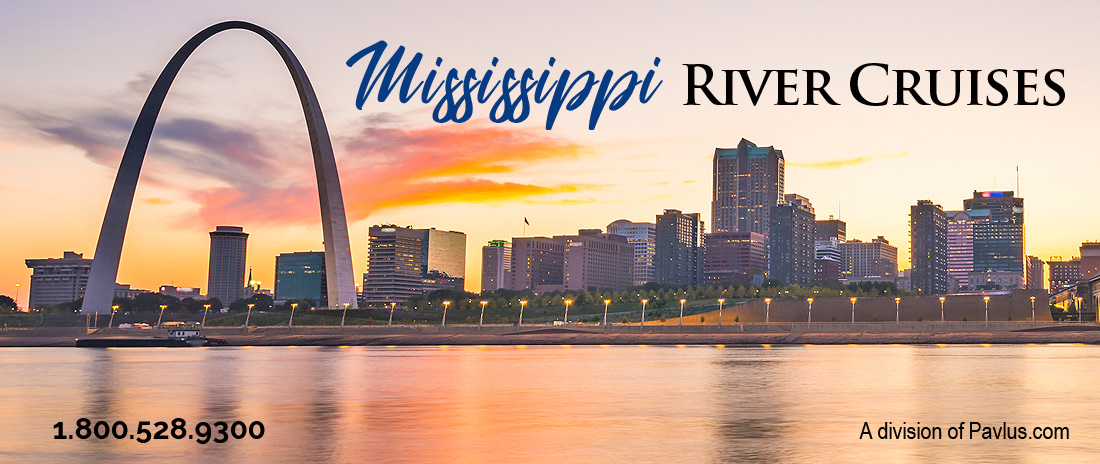The tour you have requested has changed, please do another search.

|
|||||
| Search |
|
||||

|
|
|
Trafalgar Tours Tauck Tours Globus Tours Insight Vacations Cosmos Tours CostSaver Tours Pavlus Travel
Celebrity Cruises Holland America Cruises NCL Cruises Oceania Cruises Princess Cruises Royal Caribbean Cruises
Azamara Cruises Crystal Cruises Regent Cruises Seabourn Cruises Silversea Cruises Windstar Cruises CIE
Pavlus Blog Viking Ocean Cruises Viking River Cruises Avalon Waterways AMA River Cruises Uniworld Caravan
Riviera River Cruises Gate 1 Travel American Cruise Line American Queen Steamboat Club Med Windstar
